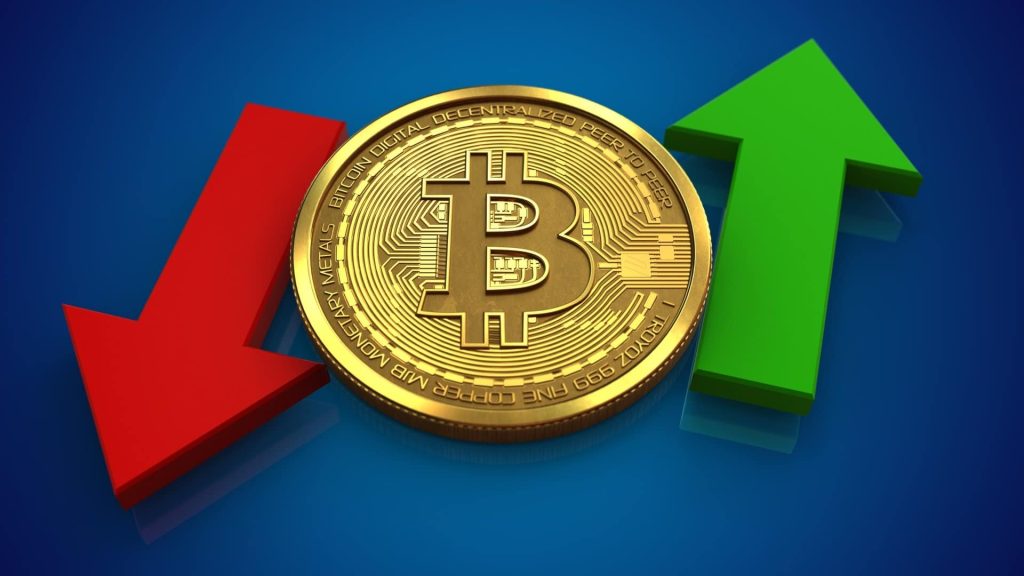Smartphones, like all electronic devices, generate heat during use. While some heating is normal, excessive overheating can cause serious damage to your device, including battery degradation, reduced performance, and even permanent hardware issues. Addressing the causes and understanding how to prevent overheating is essential for maintaining your phone’s health and longevity. Here’s an in-depth look into the problem of smartphone overheating and practical steps to address it.
Understanding the Causes of Overheating
Overheating in smartphones is typically caused by strain on the battery or processor. Shane Britton, a Samsung Galaxy Note 3 user, explained, “Device overheating is almost always attributed to either your battery losing health or from putting excessive strain on the processor.” This strain can result from activities like heavy gaming, extended use of the device as a mobile hotspot, or running multiple apps simultaneously in the background.
Other users and experts have pointed to specific scenarios. For instance, Fawaz Maiyaki, a contributor on Quora, highlighted that a weak or aging battery is a common cause. He recommended replacing batteries that are two years old or more to mitigate overheating. Additionally, the phone’s processor may struggle with high-demand apps or games, causing excessive heat.
External factors can also play a role. Direct sunlight, poor ventilation, or using the phone in high-temperature environments can exacerbate the problem. Moreover, phone cases that trap heat can prevent effective cooling, making overheating worse.
Technical Insights into Overheating
According to software developer Chris Chovanek, overheating during high-resource tasks like gaming or streaming is relatively normal. However, persistent overheating could indicate a faulty battery or issues with custom ROMs on rooted Android devices. Chovanek advises users experiencing overheating with custom ROMs to revert to the factory ROM for improved stability.
Practical Steps to Prevent Overheating
- Turn Off the Device: When your phone starts overheating, switch it off immediately to stop heat generation from internal components.
- Remove the Case: Phone cases can trap heat. Removing the case allows heat to dissipate more effectively.
- Dim the Screen: Reducing screen brightness decreases the load on the processor and helps prevent overheating.
- Update Apps Regularly: Keeping apps up to date ensures that bugs causing inefficiencies are resolved, thereby reducing heat generation.
- Avoid High-Intensity Usage: Activities like gaming, video streaming, or using the phone as a hotspot should be limited during charging or in hot environments.
- Uninstall Unnecessary Apps: Remove apps that consume significant resources, especially those running in the background. Tech expert Khan Harun advises against installing obscure or poorly optimized apps, as they can cause memory issues and contribute to overheating.
- Control Processor Activity on Older Phones: For older Android devices, rooting the phone and installing a good kernel can provide manual control over processor cores, enabling deeper sleep modes when idle and reducing overheating risks.
- Cool the Phone Down: If your phone overheats, try rubbing it gently against your pant leg to disperse the heat. While unconventional, this method can help transfer heat into the air more quickly.
Environmental Factors
High external temperatures naturally lead to hotter devices. As mobile technology expert Thomas Shifflett noted, “Hotter temperatures mean hot phones.” To combat this:
- Avoid leaving your phone in direct sunlight or inside a car on hot days.
- Use your phone in well-ventilated areas.
- Keep electronic devices separated to prevent heat buildup.
Additional Tips for Battery and Device Care
For phones with older batteries, tech enthusiast Lenneth Wemyse advises replacing the battery if it’s more than two years old. He warns against using low-quality replacement parts, as they can cause more harm than good. Marketer Samuel George recommends enabling airplane mode when the phone isn’t in use to minimize background activity and power consumption.
Long-Term Solutions for Overheating
- Invest in a Quality Charger: Using the correct charger for your device ensures optimal charging speeds and prevents overheating caused by overloading the battery.
- Limit Resource-Heavy Apps: High-power apps like games or video streaming services should be used sparingly, especially on older devices or during charging.
- Improve Ventilation: Avoid stacking your phone with other devices or placing it on surfaces that trap heat.
When to Seek Professional Help
If overheating persists despite taking preventive measures, it may be time to seek professional help. Persistent overheating can indicate a serious hardware issue, such as a faulty battery or processor. Don’t ignore signs of excessive heat, as they could lead to permanent damage or even pose safety risks.
Conclusion
Overheating is a common issue that, if left unchecked, can reduce your smartphone’s performance and lifespan. Understanding the causes—whether it’s battery health, processor strain, or environmental factors—is crucial. By adopting the practical solutions outlined above, users can effectively manage and prevent overheating, ensuring their devices remain functional and safe for years to come. Remember, regular maintenance and mindful usage habits are key to keeping your smartphone cool and efficient.













